Understanding Commercialized Prepared Pet Food (PPF)
In this modern era, the vast majority of dogs are fed commercially prepared pet foods (PPF). The enormous range of manufactured pet food available offer the pet parent a convenient method of feeding their dogs. Preparation time is minimized and the dog is provided with various flavours and textures in the diet. All of these diets are nutritionally balanced when fed according to the instructions on the label and are all prepared according to the same standard requirements.
Always remember that when it comes to dogs, there are four types of sizes:-
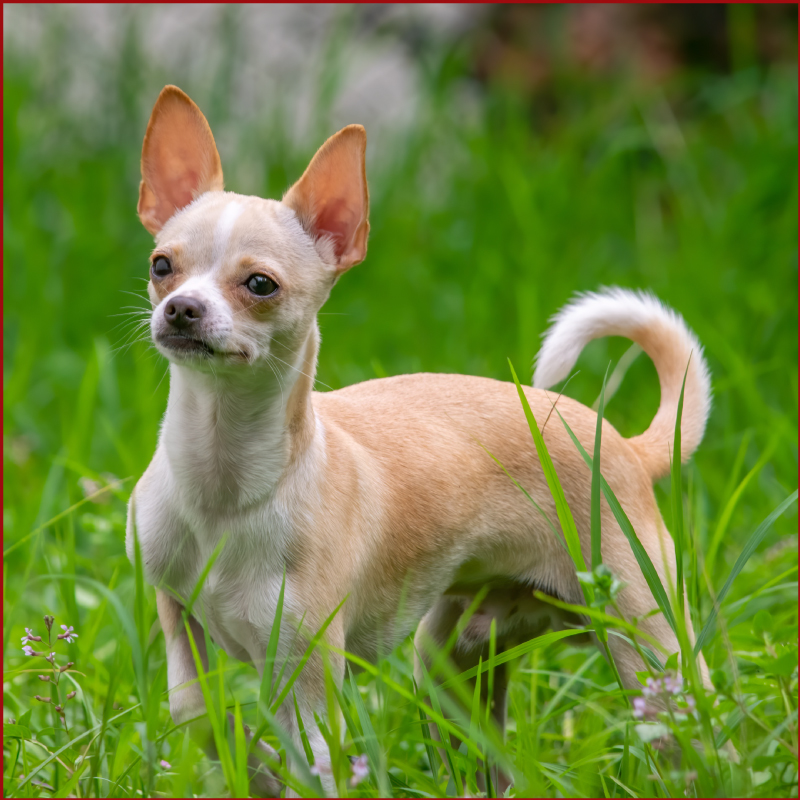
Toy
Chihuahua
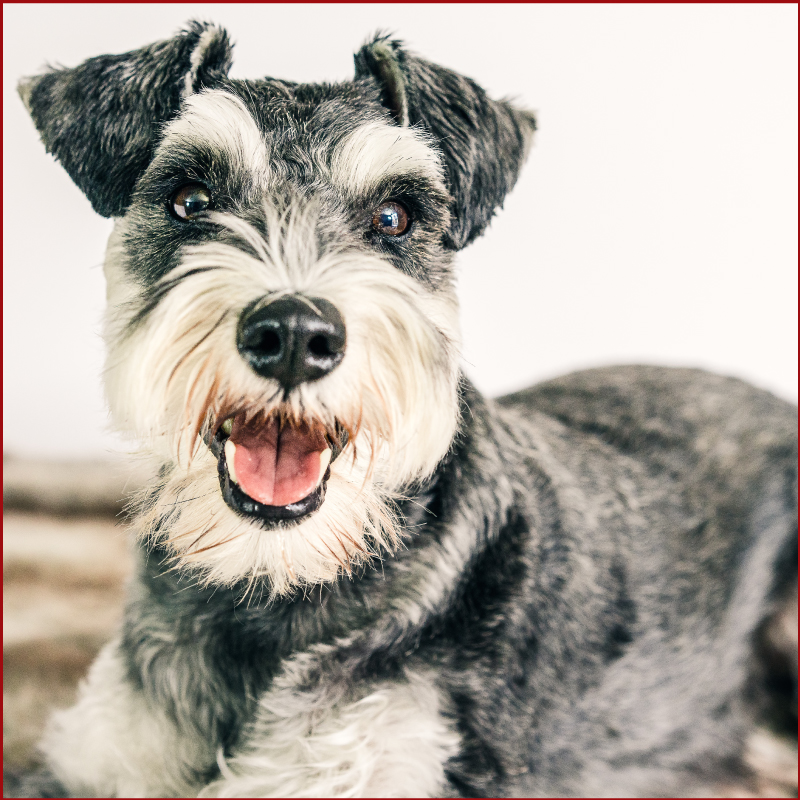
Small
Schnauzer
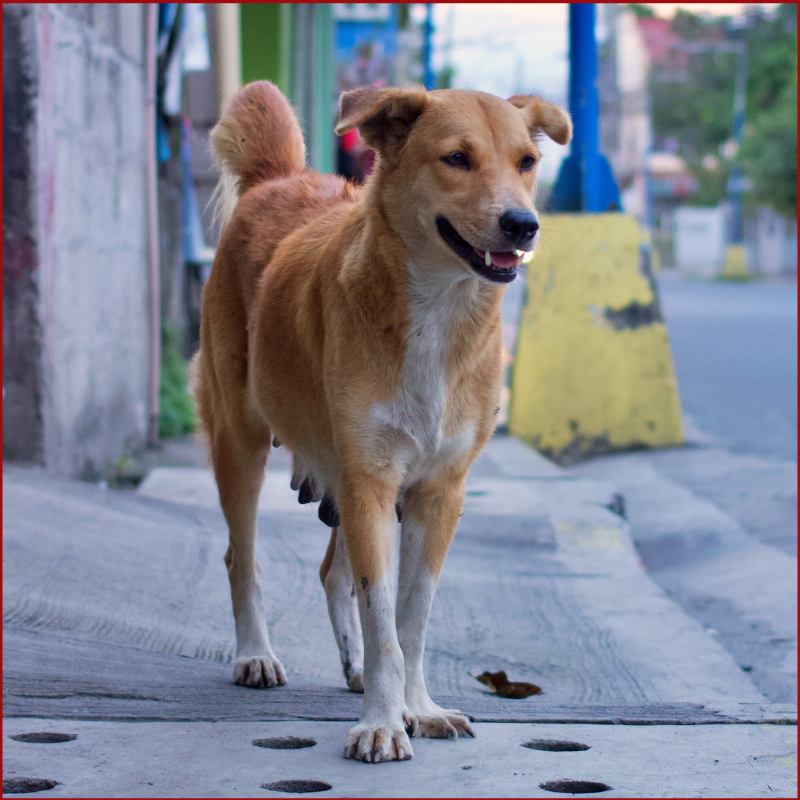
Regular
Domestic Dog
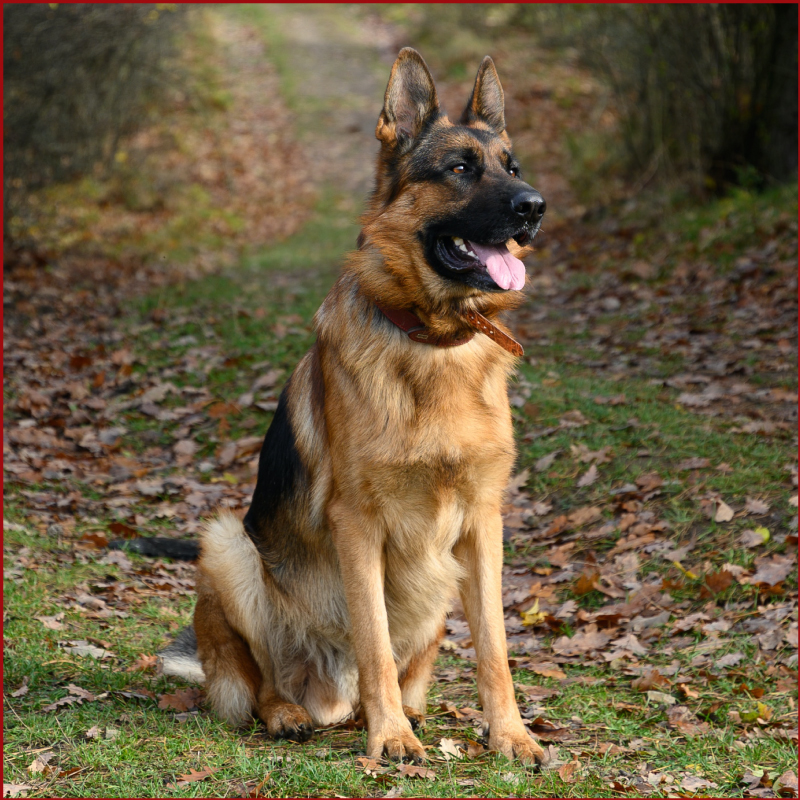
Large
German Shepherd
The food you choose will depend upon the preferences of both you and your puppy. The quality and price of commercial pet food varies enormously. To make the best choice it can help to understand about the quality and composition of different pet foods. Ingredients such as chicken, liver, rice, soy, corn and oil (naming a few) are the raw materials that go into the food. The quality of these ingredients will determine the overall digestibility and nutritional value of the chosen diet. Nutrients such as protein, fat, carbohydrate, vitamins and minerals, are provided by the ingredients. These nutrients must be present in the correct amounts and proportions for your puppy. Some commercial pet foods contain nutrient excesses and poor quality ingredients which make them less easy to digest. There is a vast array of different pet foods available for you to choose from ranging from premium type foods (high price) to grocery type foods (low price). It’s often difficult to tell from the packaging which is suitable for your puppy and you’d want the best for her/him so it’s a good idea to ask your vet for advice before you decide on a food.
There are several different ways to feed dogs. First you will need to decide if you want to feed canned or dry food. Canned foods tend to be more expensive, since they contain between 70 and 85% water. They are not intended to be fed free choice as canned food has the tendency to dry and less palatable in the end. Also attracts flies in our climate. Dry foods are usually more economical to feed, particularly for medium and larger breed dogs. Both types of food can be nutritionally complete and balanced. Dogs do not graze their food but “chomp” it down rather quickly especially with medium and large sized dogs. Toy and small dogs daintily consume their food. The size of kibbles will also suit the mouth of the puppy/dog.
On the bag of food, it will clearly state if the food can be fed wholly or complementary. A complete food provides all the goodness your puppy needs and can be fed on its own with just water to drink. A complementary food must be mixed with another type of food to provide a properly balanced diet. Most commercially available puppy foods are complete.
A growing puppy needs more calories, protein, minerals and vitamins than the adult dog as the puppy is developing just like human babies. Puppies should stay on a complete and balanced puppy diet until their first birthday regardless of size. It is unnecessary to supplement a complete and balanced diet. In doing so, it can lead to nutritional imbalances or excesses, which could be harmful.
Special care should be taken when feeding larger breed puppies as they must not receive excessive amounts of calcium and should not be allowed to grow too fast. If fed incorrectly, larger breed dogs can develop skeletal problems. Puppies of such breeds must be fed specifically on large breed formularized food which are moderate in calcium and contain more fibre and fewer calories to avoid overfeeding and help control growth rate.
Never feed puppy free choice or over feed and follow the feeding guide closely. Start with three to four meals a day at fixed times. The food should be left for about 15 minutes and anything uneaten should be taken away. Always remember that the feeding guide on the bag is only a guide as to a good starting point. All puppies are individuals and should be treated as such. For the first six months, bring your puppy to the vet to check on weight and development. If all is good, you’re on the right path, if not, your vet would be able to advise the next step. You don’t want an obese puppy that can lead to other problems.
The number of meals given each day may progressively decrease as puppy becomes older. The end result is to feed a young adult dog one or two meals daily. Most dog owners break the meals feeding twice a day. Feeding meals at specific times also help facilitate housetraining as puppies have the tendency to have bowel movements shortly after a meal. The rigorous feeding schedule will allow you to let the puppy out after eating and will help limit accidents between meals.
Dogs generally like the taste and texture of meat but in fact, they are omnivores. This means they are adapted to eat both meat and plants. It is possible to prepare a complete and balanced diet for a dog that is totally vegetarian and indeed commercial vegetarian dog foods are available.
There are three main forms in which prepared pet foods are usually presented:
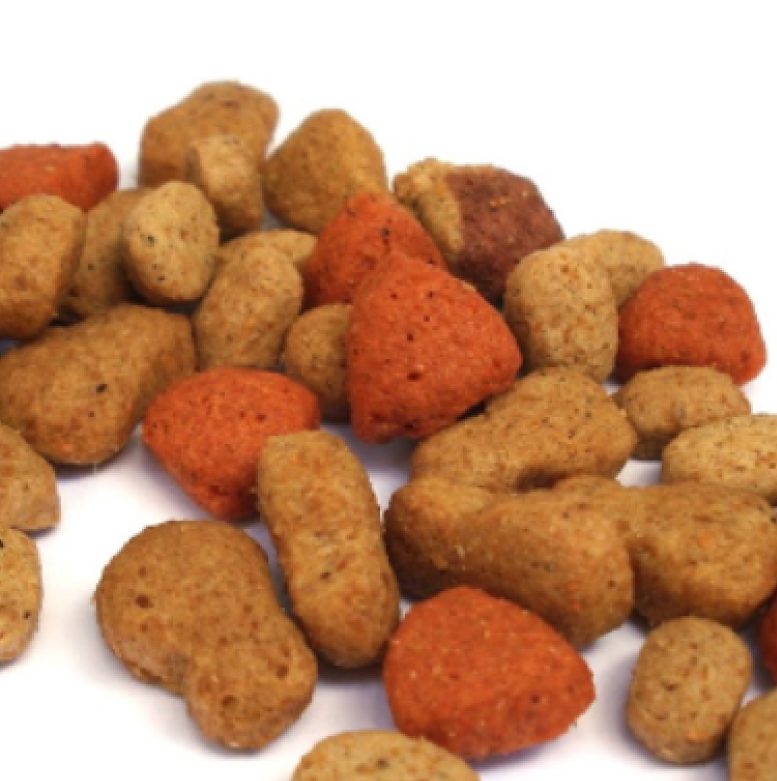
Dry foods
Dry foods which have a moisture content of 10-14% (depending on formulation) that come in kibble dry form suitable for the muzzle size of the dog. The kibbles are mainly meat-based dry protein concentrate with all the relevant vitamins and minerals built into it. Dry foods come in various flavours from poultry to fish base that includes vegetables too. The toy and small breeds are picky eaters so watch the variant bought.
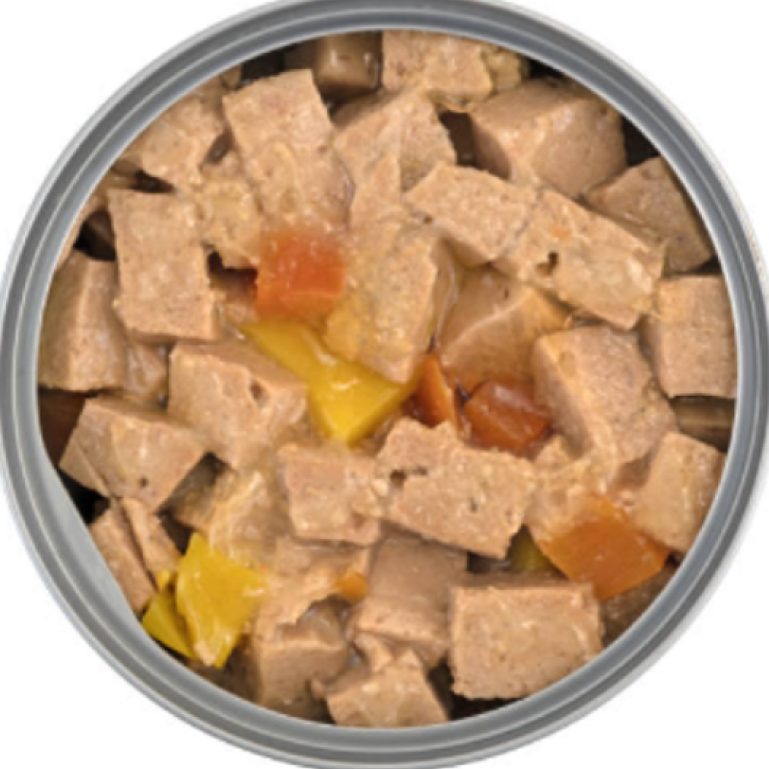
Moist foods
Moist foods, are the most popular means to dogs. Their moisture content is 60-85% and packed in cans, plastic or semi-rigid aluminium. They tend to have higher meat content and filled with gravy or set in jelly, both of which provide important vitamins and minerals and improve the palatability of the product. Canned meat products tend to be the most palatable.
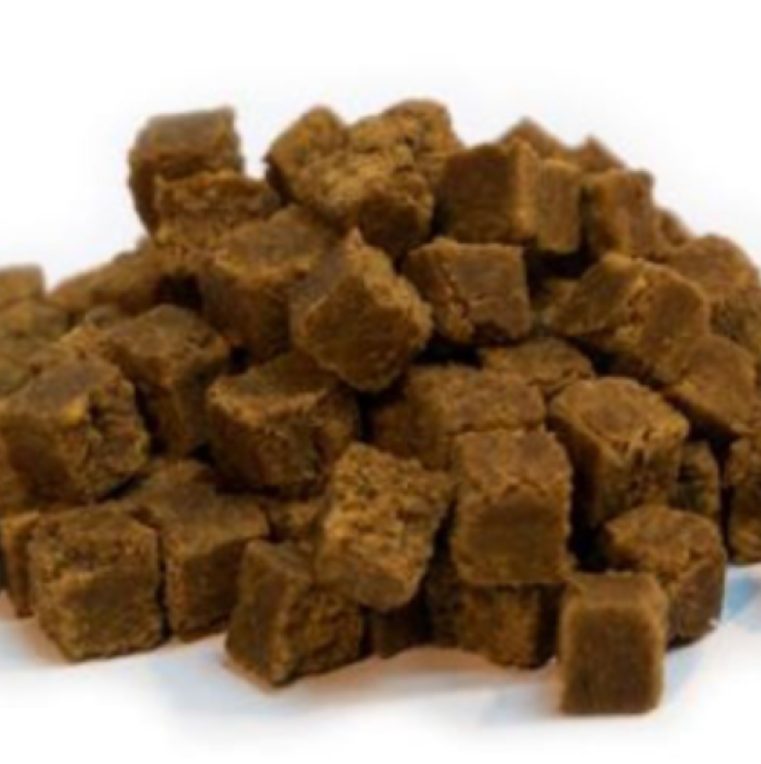
Semi-moist foods
Semi-moist foods, have a moisture content of 25-40% and are composed of a meat and kibble mixture which is cooked to a paste and extruded into a small shaped piece. The main advantage of this type of diet is its convenience.
The product packaging provides useful data, some of which is legally required, that should help the pet parent make important decisions about how to feed the product. In addition to information which identifies the product and the species for which the food is intended, the pet food label should state:
- The ingredients in descending order of predominance by weight
- The typical (or guaranteed) analysis giving the concentrations of protein, oil, fibre, ash and moisture (if over 14%) in the product
- Whether the food is complete or complementary in respect of the particular lifestage for which it is designed
- The manufacturer’s directions for use, including feeding recommendations or guidelines

Understanding Palability
The palatability of food is a complex subject, including knowledge of the factors affecting appetite and behaviour, as well as an understanding of taste, smell and texture of food and their interrelationships. The importance of palatability cannot be overemphasised since food which is left uneaten, whatever its nutrient content, is of no nutritive value to the animal.
First impressions of a food are always important and food must always be presented in a manner which is appropriate to the size of the dog. Small dogs prefer food in small pieces which are not too sticky, whereas larger dogs are able to eat foods with a much broader spectrum of shape and size.
Small and taste necessary sensory components of any meal and animals with poor appetites can often be tempted to eat by providing strong-smelling foods, particularly if the food is warmed to about 35 degrees Celsius. Dogs can distinguish between sweet and bitter tastes but do not respond to the addition of glucose in their food. In general, meat is very palatable to dogs, and its acceptance can often be further enhanced by the addition of fat, especially animal fat.
Most animals enjoy variety in their diet, although they may be initially suspicious of a food which differs markedly from their previous diet. Above all, it is important to recognise that, like humans, all animals are individuals with their own dietary likes and dislikes.
Now that you have understood what prepared pet food is and palatability. Let’s go into lifestages of prepared pet food.
The lifestage of commercially prepared pet food comes in three stages of three breeds due to the size of the dog:

Puppy Small Bites/Puppy Regular/Puppy Large Breed

Dog Adult Small Bites/Dog Adult Regular/Dog Adult Large Breed

Dog Mature Small Bites/Dog Mature Regular/Dog Mature Large Breed
Images courtesy of Mama Rose and her children Poppy, Yoda and Snowy.
Content courtesy of Pet Parent, Meem Siah.
Reference:
Veterinary Nursing 2nd Edition – Edited by D.R. Lane & B. Cooper
 This article is courtesy of Pets Corner Sdn Bhd. For more pet care tips, visit www.petscorner.com.my
This article is courtesy of Pets Corner Sdn Bhd. For more pet care tips, visit www.petscorner.com.my

